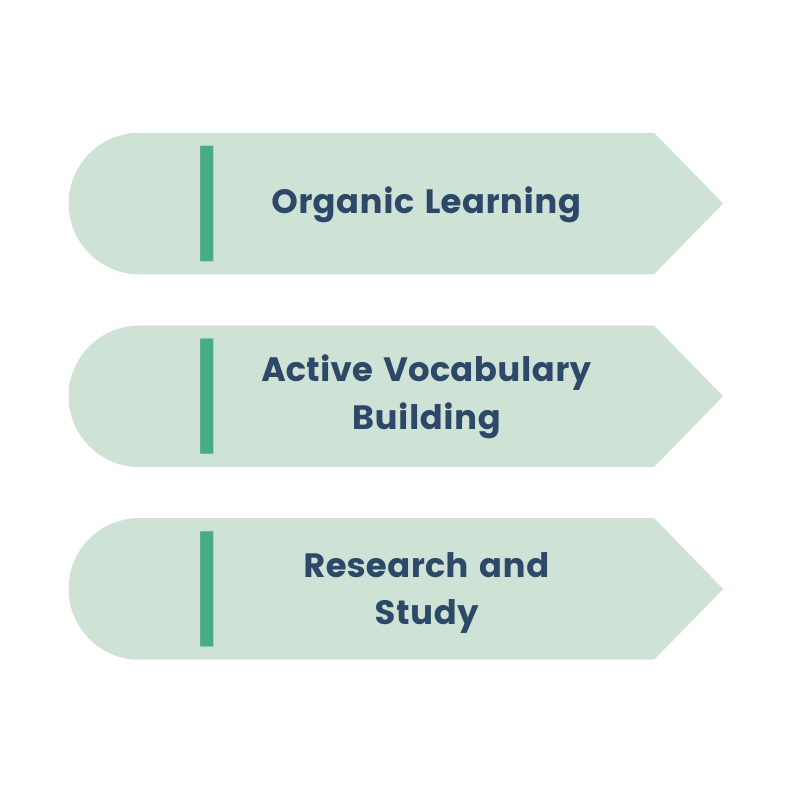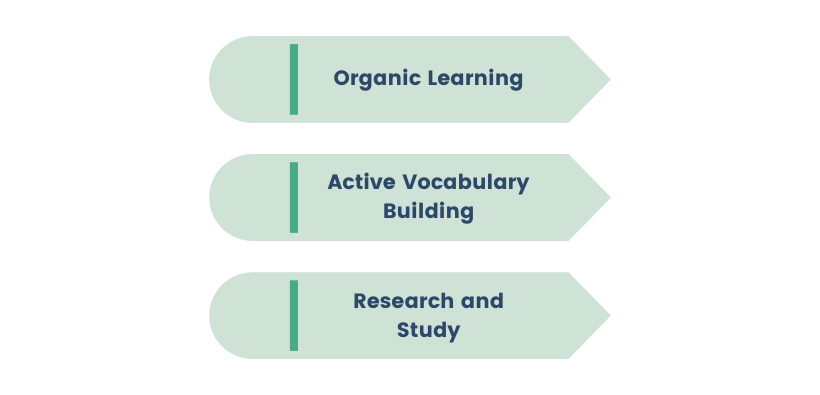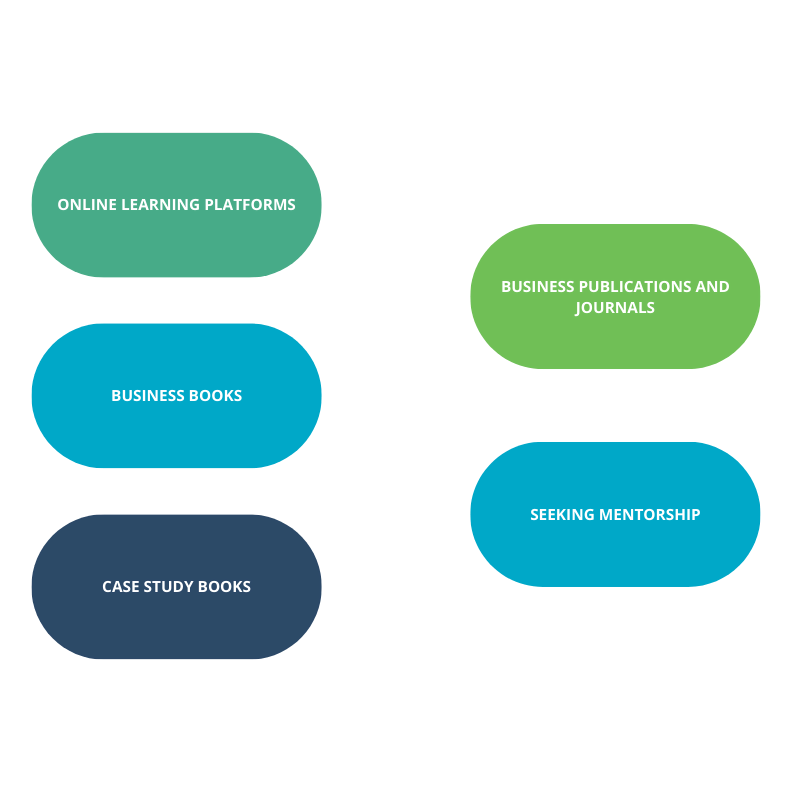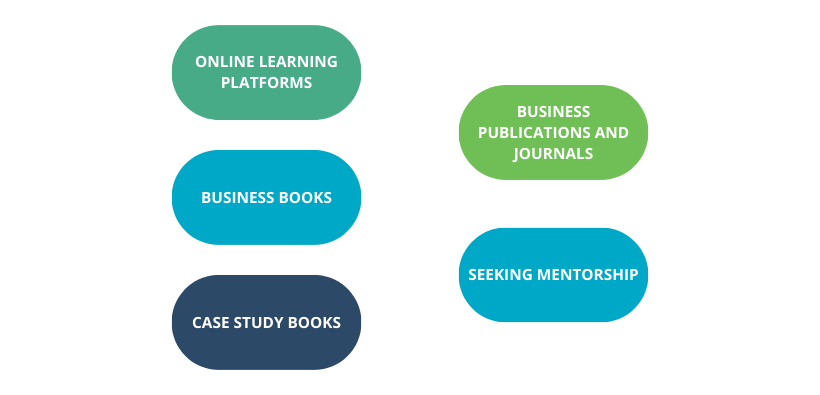Case study interviews are a crucial component of the recruitment process for consulting firms. However, candidates without a business background often grapple with unfamiliar business terms frequently appearing in case studies. This article aims to provide aspiring consultants with a crash course on the most common business terms encountered in case study interviews, and guide them on learning and integrating these terms into their preparation practice.
In short, read this and you will already know 95% of all the terms likely to appear in consulting interviews.












